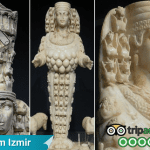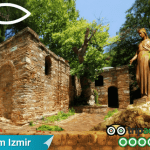Quick Summary
The fountain of Trajan on the north side of Curetes Street in Ephesus, built between 102 and 114 A.D., was dedicated to Emperor Trajan. The central niche, larger than the others, displayed a statue of Emperor Trajan, with the pedestal and parts of the statue’s foot still in place. Other statues, including those of Dionysus, satyrs, and Aphrodite, are now in the Ephesus Archaeological Museum’s Hall of Fountain Findings (in Selcuk, Turkey). The fountain was both decorative and functional, with water flowing to a pool from a canal beneath the Emperor’s statue, showcasing the advanced Roman engineering and urban planning in Ephesus.
Table of contents
Location and Dedication
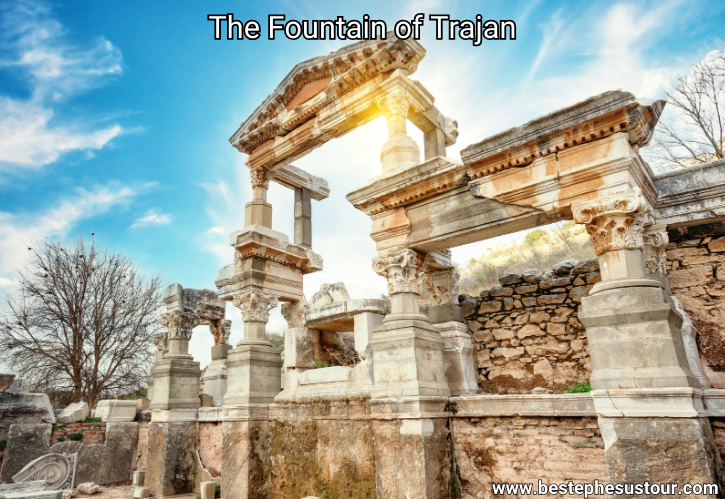
The fountain is located on the north side of Curetes Street in Ephesus. According to its inscription, it was built between 102-114 A.D. and dedicated to Emperor Trajan, who reigned from 98-117 A.D. The inscription, which includes the word “Neocoros” before “Ephesus” to denote pride, can be found on the large cornice beside the fountain.
What is the “Neokoros” Written on the Trajan Fountain?
Ephesus has earned the title of “Neokoros,” meaning the guardian of the imperial temple, four times throughout its history. In ancient times, having an emperor’s temple and serving as its guardian was a highly respected honor among cities. Moreover, cities that received the title of neokoros were also exempt from taxes.
The Fountain of Trajan Video
Architectural Features of the Fountain of Trajan
The fountain, which has been restored but reduced in size, features a front made of two-story columns. These columns create niches that once held statues. The central niche, wider than the others, housed the statue of Emperor Trajan. While the pedestal and some pieces of the statue’s foot remain in their original place, the rest of the statues—depicting Dionysus, satyrs, and Aphrodite—are now exhibited in the Hall of Fountain Findings at the Ephesus Museum.
Function and Water Supply
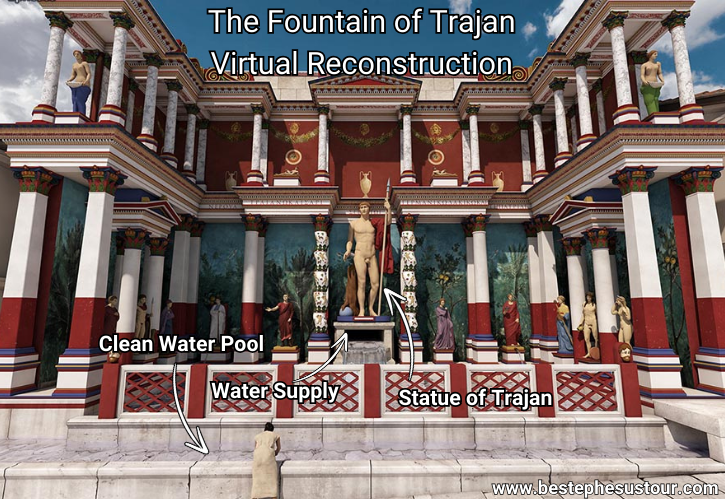
The fountain was not only decorative but also functional. Water flowed to the pool from a canal beneath Trajan’s statue, highlighting the practical aspects of Roman engineering and urban planning in Ephesus. The Ephesians used this water for their daily needs, and canal plugs were opened periodically to clean Curetes Street.
Who is Trajan?
Emperor Trajan is a significant figure in Roman history, famous for his military conquests and administrative reforms. The Trajan Fountain stands as a testament to his influence on the Roman Empire and his legacy in the cities he governed. As the second of the “Five Good Emperors” of Rome, Trajan ruled from 98 to 117 AD. Born in Italica, Hispania Baetica, from a prominent family with origins in Picenum, Trajan was the first Roman emperor born outside of Italy.
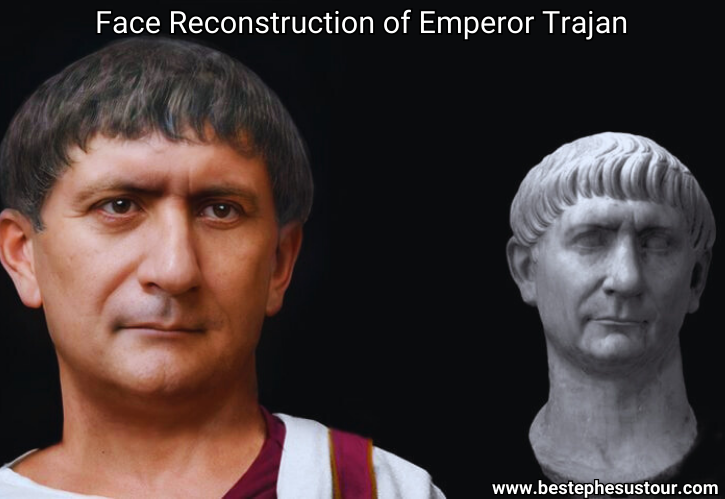
Family Background and Military Achievements
His mother, Marcia, was likely of African descent and believed to be a descendant of King Masinissa of Numidia. Trajan distinguished himself as a military commander under Emperor Nerva, notably during the invasion of Armenia in 95 and the following campaign against Parthia. His successful military campaigns led to the Roman Empire reaching its greatest territorial extent during his reign.
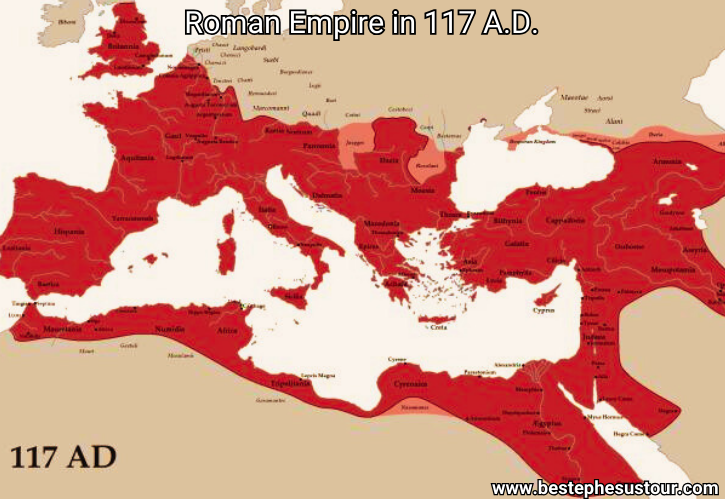
Legacy and Death of Trajan
Trajan died at the age of 64 in Selinus (present-day Selindi), on the southern coast of Asia Minor. His ashes were returned to Rome for a state funeral and buried at the base of his column. Just before his death was made public, it was announced that Trajan had adopted Hadrian, marking the beginning of Hadrian’s reign.




